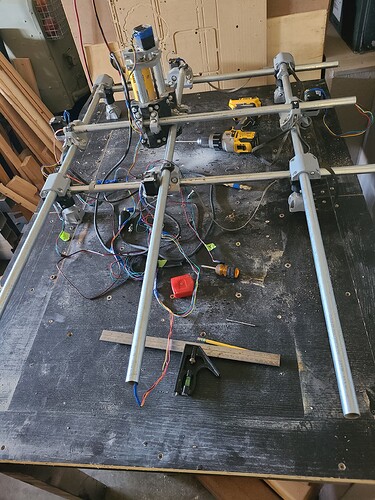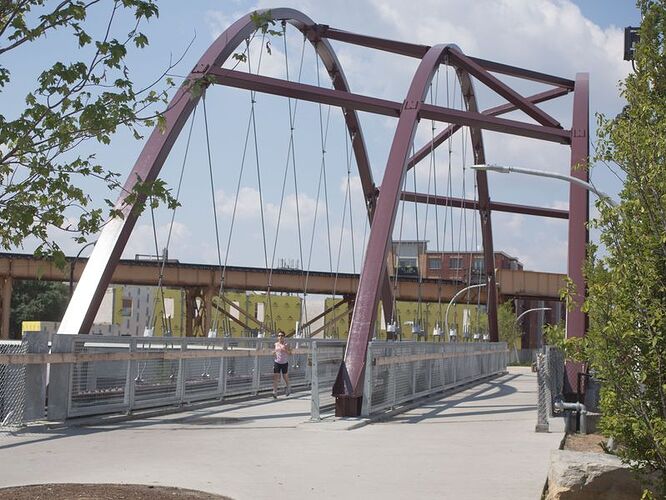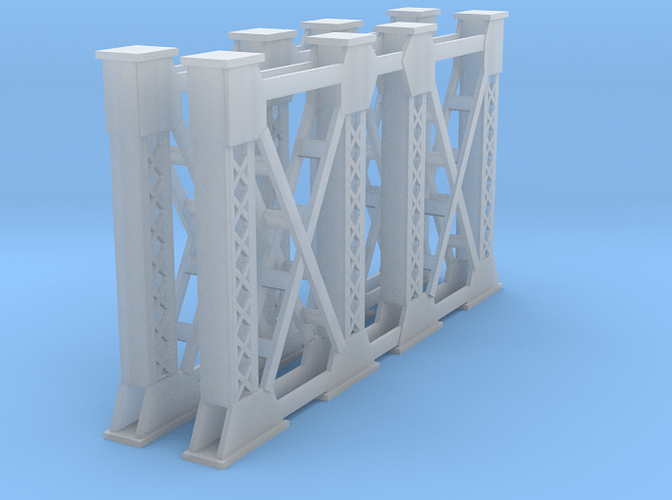You’re heading down the same path that I did and, unfortunately, I never really got an answer because there kinda isn’t one. Everyone’s machines will be slightly different, as will everyone’s requirements leading to there being no ‘one true answer’.
The closest you’ll get is that any increase in size will reduce rigidity which will in turn slow down the maximum speed that the machine can mill material at. It may not be linear, but larger will always be less rigid. Deflection in the middle of the span is related to the length of the span to the power of 3, so a machine that’s twice as large will have 8x more flex in the middle of the bed. The difference will be less pronounced in the corners, but still always worse than if the machine were smaller.
That deflection under load is the main thing you’ll have issues with. A certain amount of force is needed to keep the tool loaded. You can lower that force by moving slower, but then you’re cutting smaller and smaller slivers until eventually the tool won’t cut cleanly and instead just rubs across the surface every 2nd or 3rd rotation. That causes the tool to heat from friction and because cutting away material keeps it cool. You can solve that by slowing the tool down and taking thicker cuts again, but that needs a spindle that can operate more slowly and slows the entire machine down heaps. This all gets massively exaggerated with longer tools because it’s not just stiffness in X and Y, the stiffness in X and Y also translates to rotational stiffness in the core. Longer tools mean more leverage on the core meaning more deflection for a given machine size, etc.
I was able to mill aluminium with a 600x600 working area and using my thick-walled aluminium tubes, but it never worked ‘well’. I’d have said good enough for a few holes or slots for connectors in 2-3mm aluminium, decently fast enough to route pieces out of thin sheet, probably not fast enough to consider using for thick sheet as anything other than a 1-off. Maybe 2-3 hours kinda range? At which point I’d be concerned that a cutter wouldn’t last that timeframe so would also need to plan cutter changes which means keeping tool height consistent etc.
So yeah, I’m not sure I can really help, other than to suggest brainstorming a list of things you want to do and then considering each one vs what other tools you have to do it. If you’ve got a heap of projects in wood that would be ideal for a CNC and one replacement part in aluminium plate that you want to make, maybe it makes sense to build a larger machine and break out a coping saw and some files to do the aluminium part. If you’ve got a bunch of parts you want to make accurately and repeatably in aluminium but also a general desire to do more woodworking stuff without any specific ideas, maybe make a smaller machine and consider using it to make templates for specific tricky features with a palm router.
I’ve come to the conclusion that for my purposes I’m probably better off with something smaller that works well for a more limited selection of tasks than a bigger ‘does everything but poorly/slowly’ type machine. It’s easier to find creative approaches to making big stuff on a small machine than it is to make the big machine work better, if that makes sense.
Worst case, use the MPCNC to make the flat parts for an LR3. That seems to be a common pathway…



